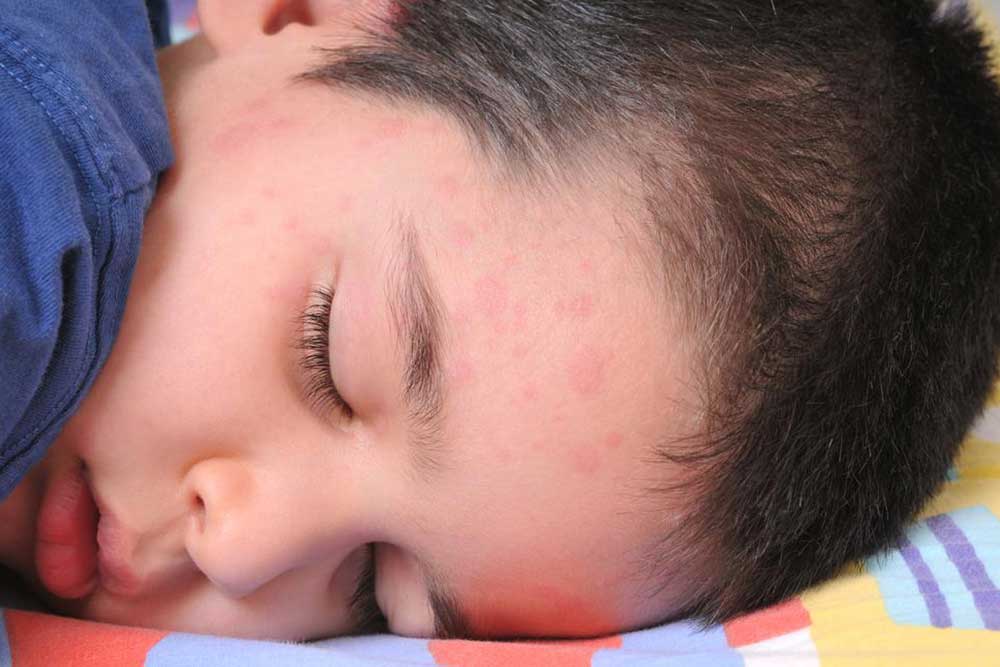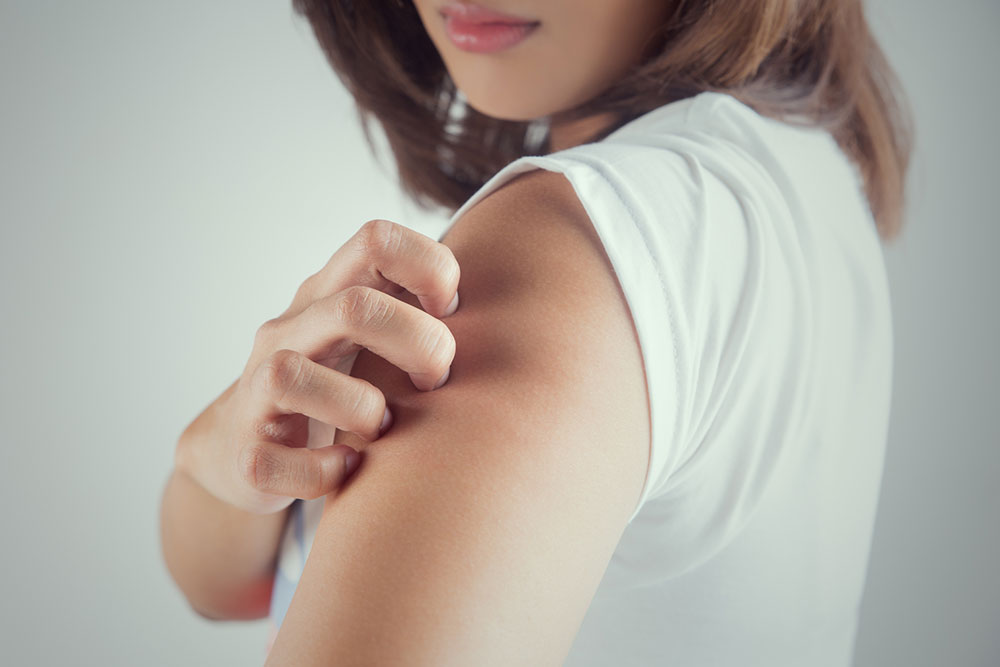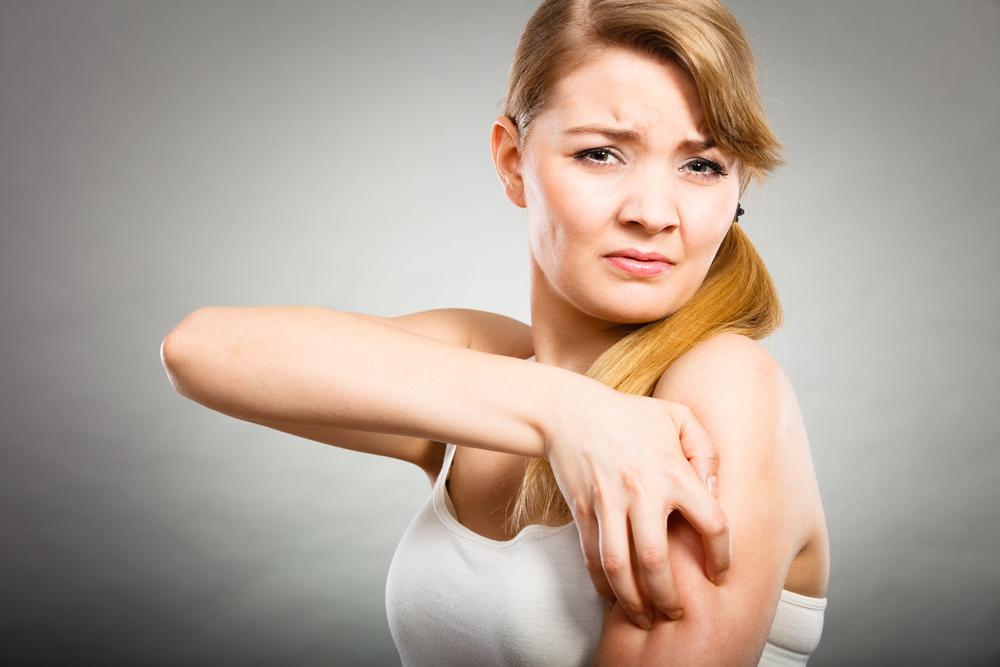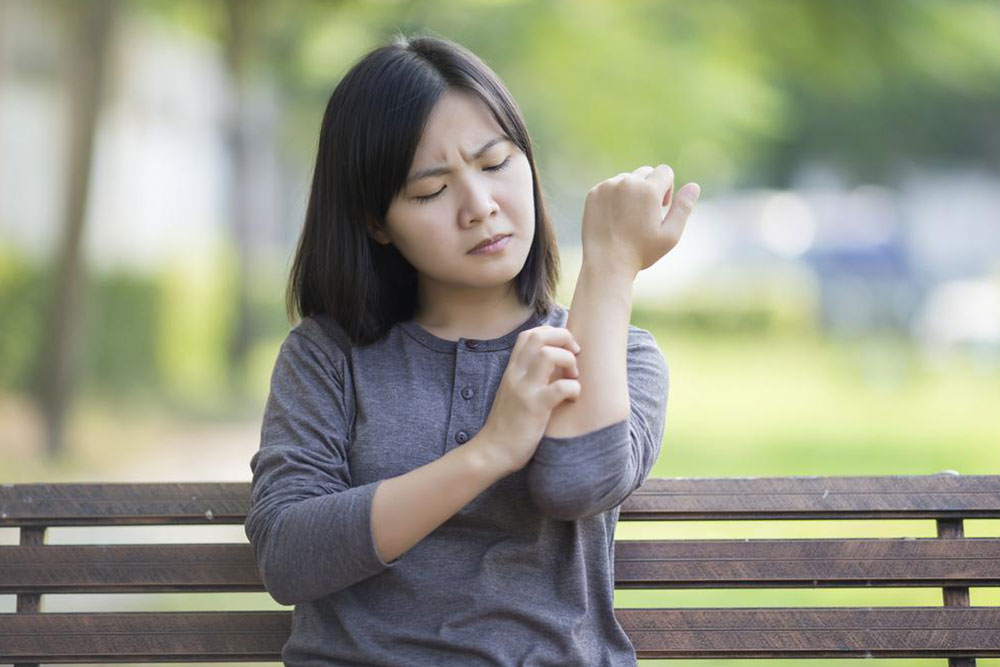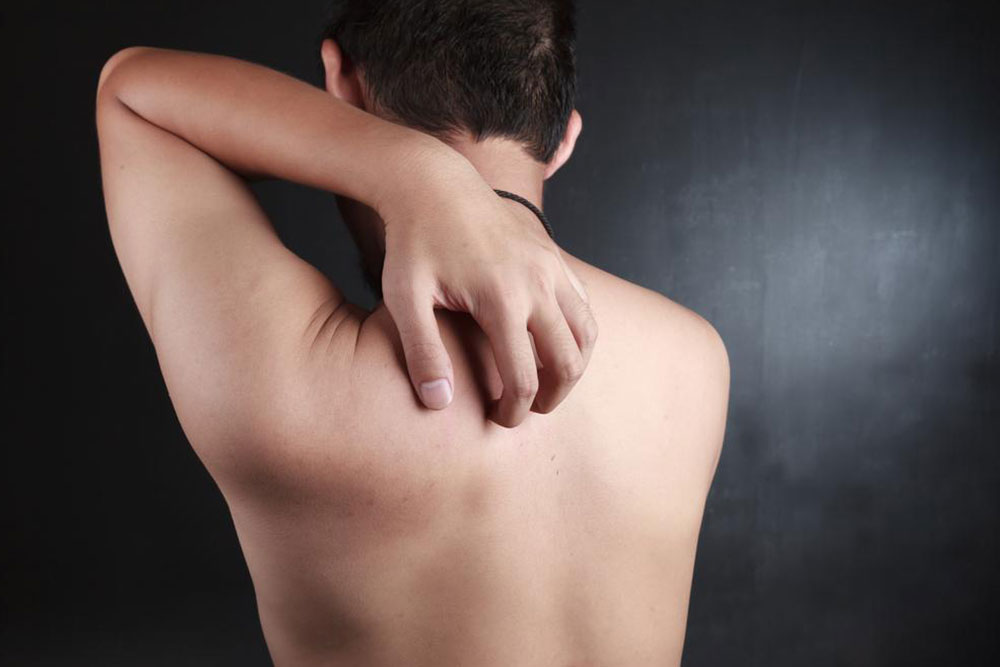Understanding Four Common Types of Skin Rashes
This article explores four common skin rashes—eczema, granuloma, pityriasis rosea, and lichen planus—highlighting their signs, causes, and treatments. It emphasizes the importance of seeking medical advice for persistent or severe symptoms and offers tips for managing skin irritation. Understanding these rashes helps in timely identification and effective treatment to maintain healthy skin.

Understanding Four Common Types of Skin Rashes
Skin rashes result from irritation or inflammation and can appear due to various causes. These include skin infections, allergic reactions, heat exposure, or medication side effects. Rashes often present as changes in skin color, texture, or both, and may be accompanied by symptoms like itching, scaling, or bumps. Viral, bacterial, fungal, or parasitic infections can also induce rashes. While minor rashes may resolve with over-the-counter remedies within a week, prolonged or severe cases should prompt a visit to a healthcare professional for proper diagnosis and treatment.
Among various skin rashes, eczema, granuloma, pityriasis rosea, and lichen planus are notably common. Signs include blisters, itching, peeling, and bumps. Some rashes are also linked to fever or illness, requiring prompt medical attention. Recognizing their types is essential for effective management and relief.
Types of Skin Rashes
Eczema: Characterized by red, itchy, and inflamed skin, eczema is highly common and not contagious. It can affect individuals of all ages, often appearing on hands, elbows, knees, or face, especially if there's a family history of allergies. Treatment includes steroid creams and ointments that alleviate itching and redness.
Granuloma: Granuloma annulare presents as red circular papules, mainly affecting young children and adults, especially females. These small, itchy bumps often appear on the arms and legs. Usually treatable with steroid creams, severe cases may require injections for relief.
Pityriasis Rosea: Manifesting as large pink, scaly patches on the chest and back, this rash might be linked to viral infections. It’s contagious but typically resolves without treatment. Mild cases need no intervention, but antihistamines can help ease itching. Sun exposure should be limited during its course.
Lichen Planus: This condition causes flat, reddish-purple bumps, often on wrists, ankles, or neck. It can also appear inside the mouth, on nails, or genitals. Though its cause is uncertain, a potential link to hepatitis C exists. Treatments involve steroid creams or injections as the disorder has no cure.
Various other rashes can result from heat, medications, or skin conditions like contact dermatitis, psoriasis, or intertrigo. Avoiding itching is crucial to prevent worsening. Over-the-counter solutions like calamine lotion help soothe affected areas. Sun protection or light therapy may be necessary based on the rash. Persistent rashes lasting over a month require professional medical evaluation.

